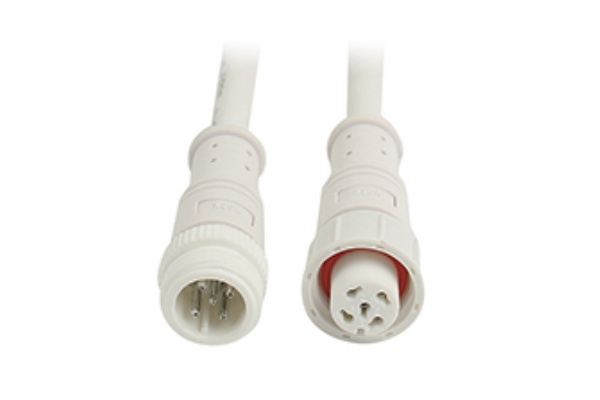News


News

Common Mistakes When Using Waterproof Electrical Box Connectors
Release time:2025-09-18
viewed:244
When I first started working on outdoor electrical projects, I thought connecting wires to a waterproof electrical box was straightforward. Turns out, it’s easy to make mistakes that can cause serious headaches later. Whether you’re setting up garden lighting, outdoor outlets, or small shed wiring, understanding these common errors can save you time and frustration.

One of the most frequent problems I’ve seen is connectors that aren’t fully sealed. A waterproof electrical box connector only works if the seal is snug. If the nut isn’t tightened enough or the O-ring is misaligned, water can seep in during rain or sprinkler use. I learned this the hard way when a light fixture in my backyard flickered after a storm—the culprit was a loose connector.
Another trap is picking a connector that doesn’t match the wire size. Too small, and the wires won’t fit properly; too large, and they can move around inside the connector. Either way, you risk a poor connection and possible short circuits. Using the correct waterproof electrical box connector ensures that power and ground wires stay stable, even under vibration or outdoor conditions.
Even with the right connector, loose or improperly prepared wires can ruin the setup. Stripping too much insulation, leaving bare wire exposed, or not inserting the wire fully into the connector can all cause contact problems. I’ve seen wires back out over time, especially on outdoor outlets. With a properly installed waterproof electrical box connector, wires stay in place and maintain a reliable connection.
Some people assume that any connector labeled “waterproof” will survive every condition. UV exposure, freezing temperatures, or salty coastal air can degrade materials over time. Picking a waterproof electrical box connector rated for your specific environment is crucial. In my neighborhood near the coast, I learned that a standard connector failed after a few months because it wasn’t corrosion-resistant.
Always check that the seal is fully seated before tightening.
Match the connector to your wire size and current requirements.
Strip the wire carefully and insert it fully into the connector.
Choose connectors rated for your local weather conditions.
Test your installation before closing the box completely.
A little attention to these details makes a huge difference. Once I switched to correctly sized, well-sealed waterproof electrical box connectors, my outdoor wiring ran smoothly through storms, sprinklers, and even the occasional curious pet. The devices stayed powered, safe, and reliable—no more flickering lights or surprise outages.
Using the right waterproof electrical box connector isn’t just about convenience—it’s about protecting your devices, saving time on repairs, and keeping your outdoor electrical setup safe for the long run.